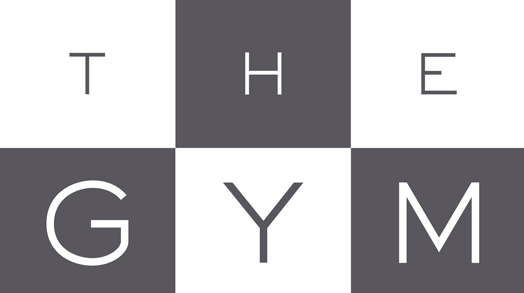What’s the toughest
thing you can do well?
Brian Longo
As usual, I’m thinking about fitness and how to get my clients (and myself) to progress in a way that is meaningful.
What’s meaningful, you ask?
Lately, my first ask is — when’s the last time you went to the gym … er … THE GYM … 3x per week for 3 months straight?
Another way (though perhaps too daunting) — 3 x 52?
Whatever your goal … you know … I want to stop myself here. And many sources say it’s not my or any trainer’s job to tell you your goal.
But your first goal should be to make health a priority in your life. This is trainer taboo. People get uncomfortable when they’re approached with this sort of stuff. It’s that advice that we already know. This taboo is something that doesn’t need to be said and for many is better left unsaid. But I’m tired of tiptoeing around this topic.
Of course I go as we’ve now lost some context. Earlier when I posed the first question — what’s the toughest thing you can do well — I was thinking about movement quality and overcoming some pain or dysfunction that interferes with your quality of life.
Boring, and perhaps lacking meaning to you, take me for example — in order to experience the quality of life I desire, I need (want) to be able to deadlift and front squat without feeling all cock-eyed the next day. Sure, you could argue I’m hung up on ego lifts. Certainly I’m strong enough to do most things I need to do and many things I want to do unimpaired and even well. Somehow I do not find this to be enough. Blame the 24-hour news cycle, flat-earthers, and/or Instagram. In order to feel and perform the way I want to feel and perform, I MUST DEADLIFT. My hands are small, and my arms are short (and by short, I mean my wingspan measures less than my height). This makes me a better bench-presser than most, but that’s kinda lame as real men deadlift far more than they bench.
So not only am I not built for the deadlift, but I’m also disproportionately beat up by it due to compensation due to injuries I sustained earlier in life. There’s a solid argument to be made for working around the deadlift rather than on the deadlift. So many exercises are available that accomplish a similar task. The same muscles and even more functional movements can be trained (and progressed) without disrupting my equilibrium the way a deadlift often does.
And when I deadlift the way I want to deadlift … the way I feel I should deadlift … my ability desire to go 3 x 52 is compromised.
The poison is in the dose. What can I get away with? There must be a healthy balance to strike.

